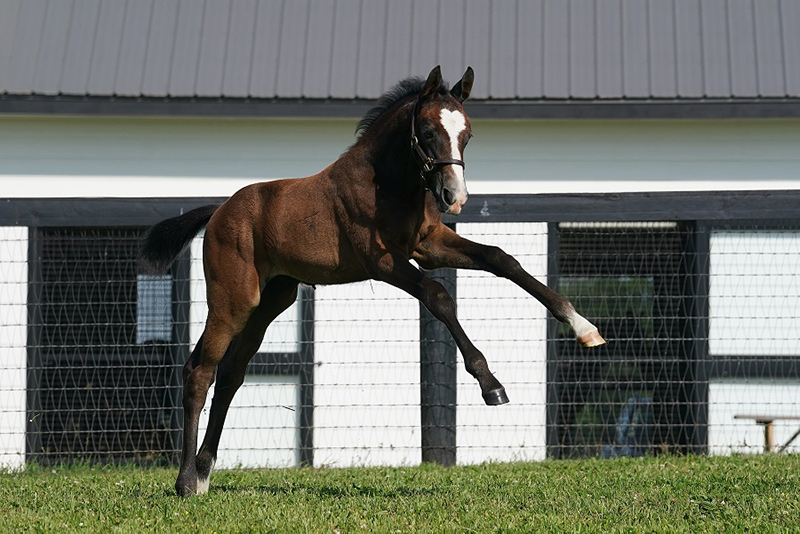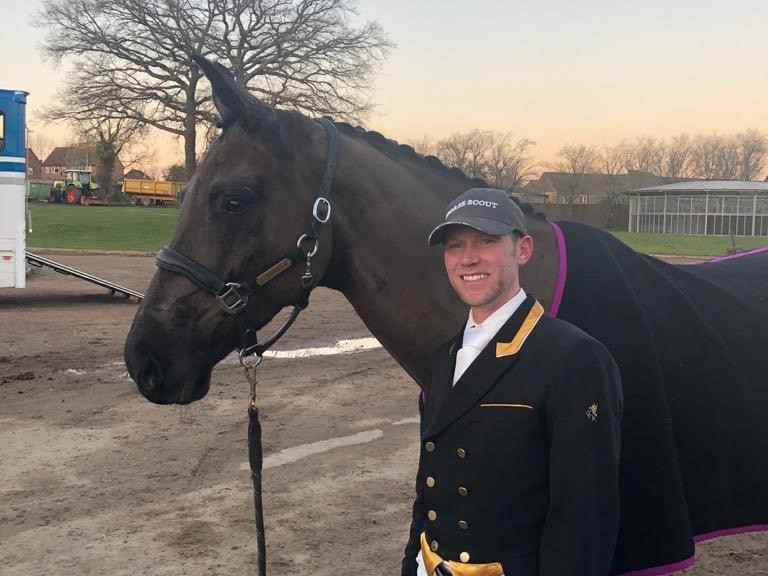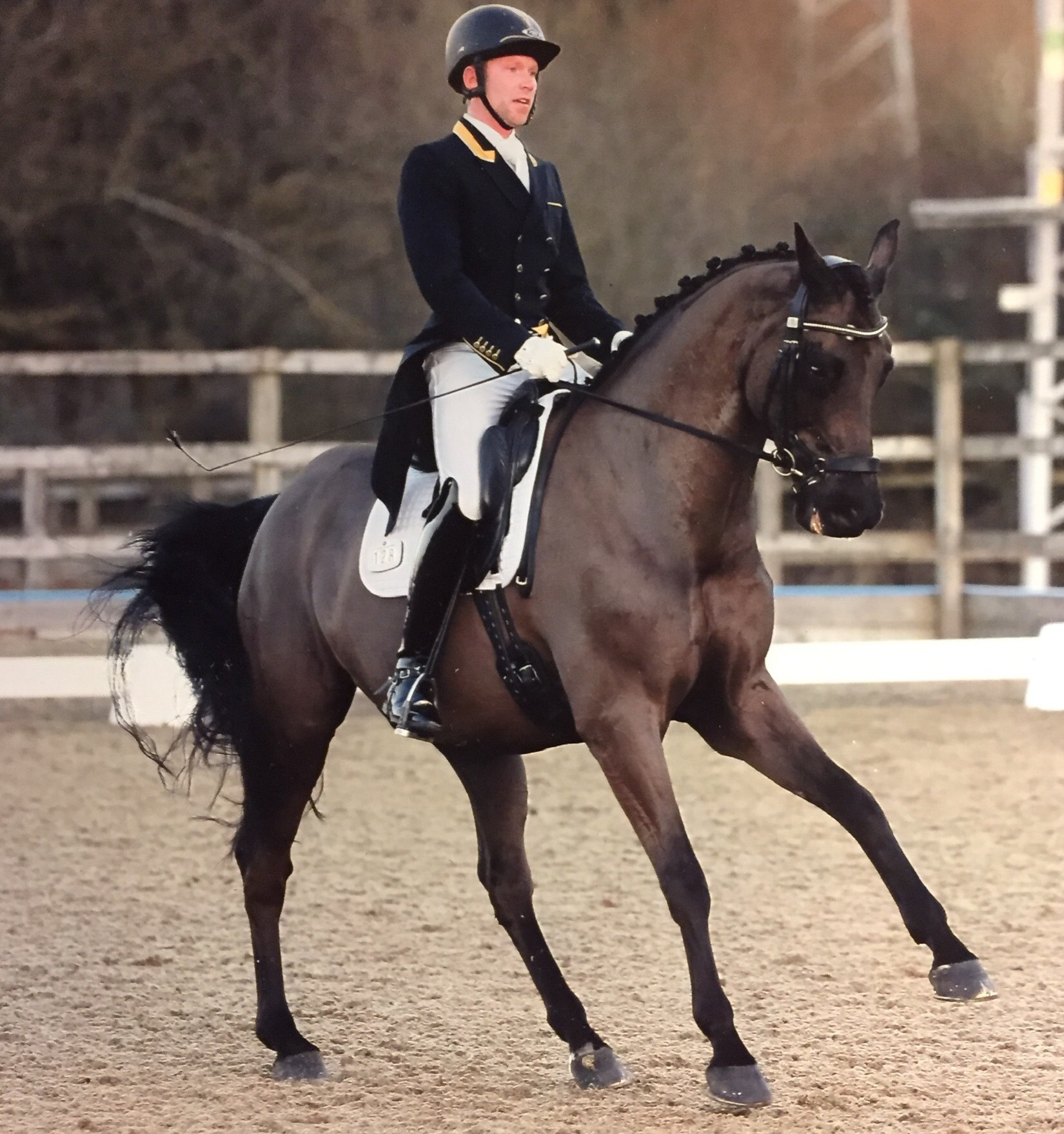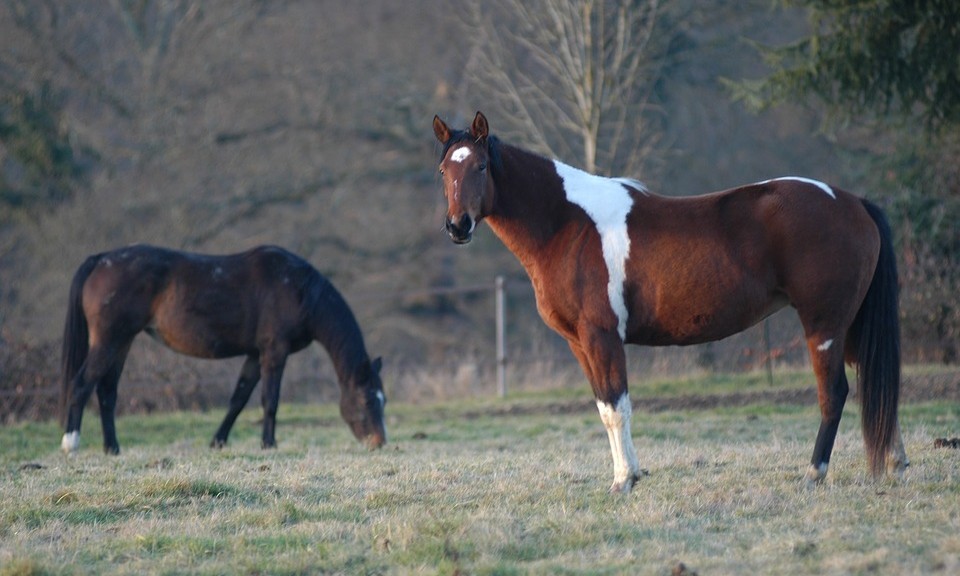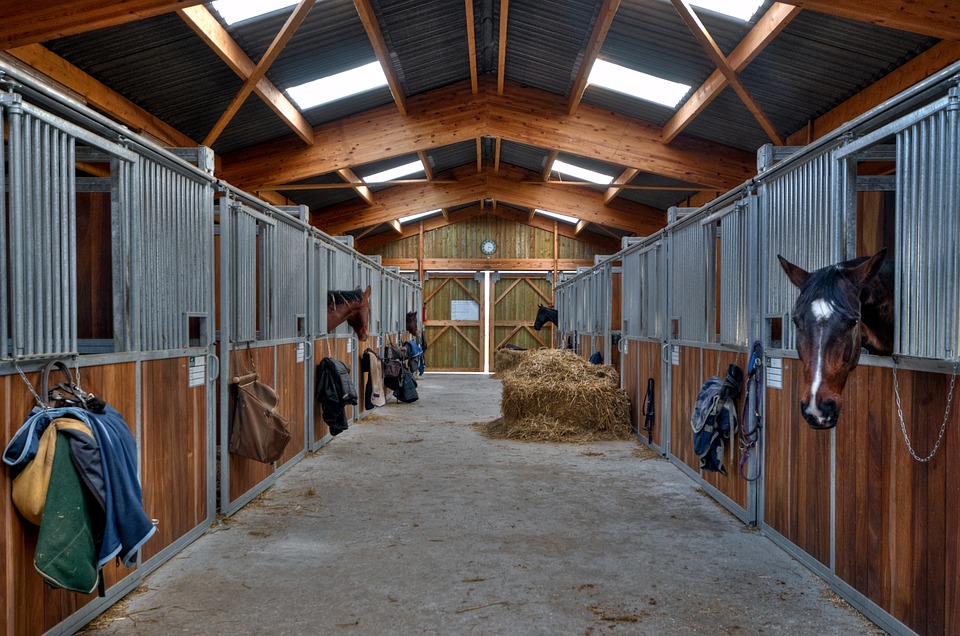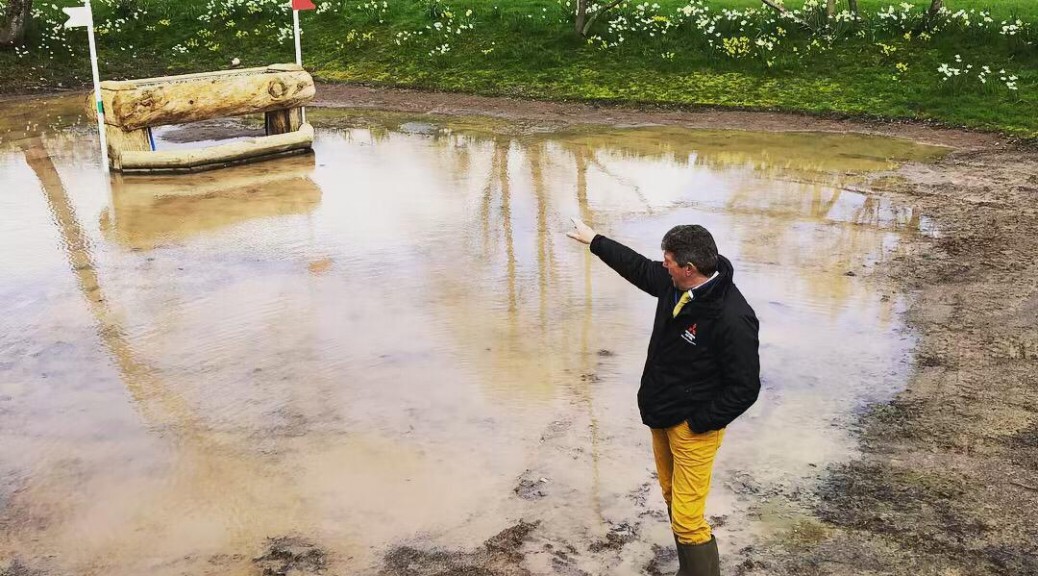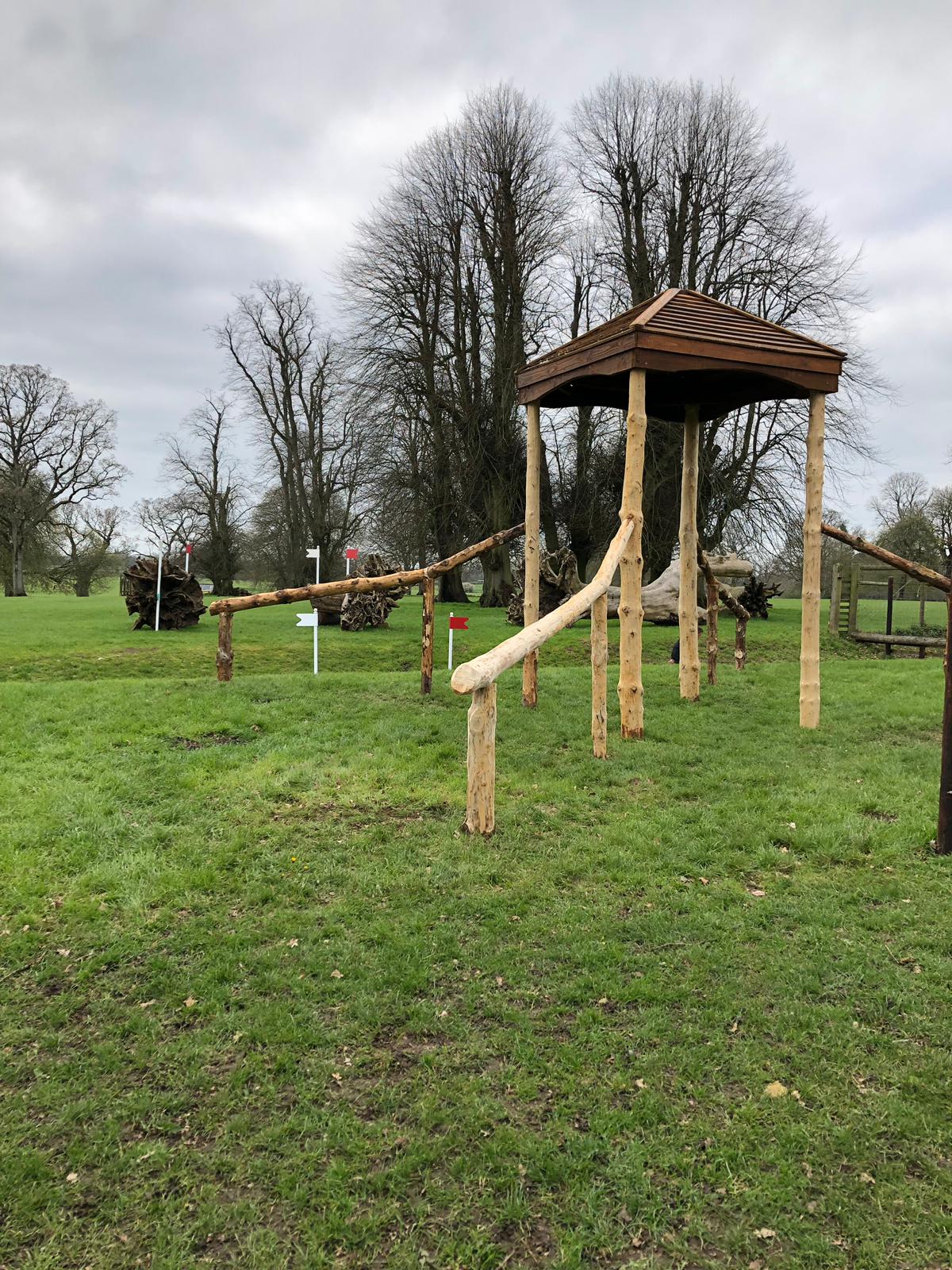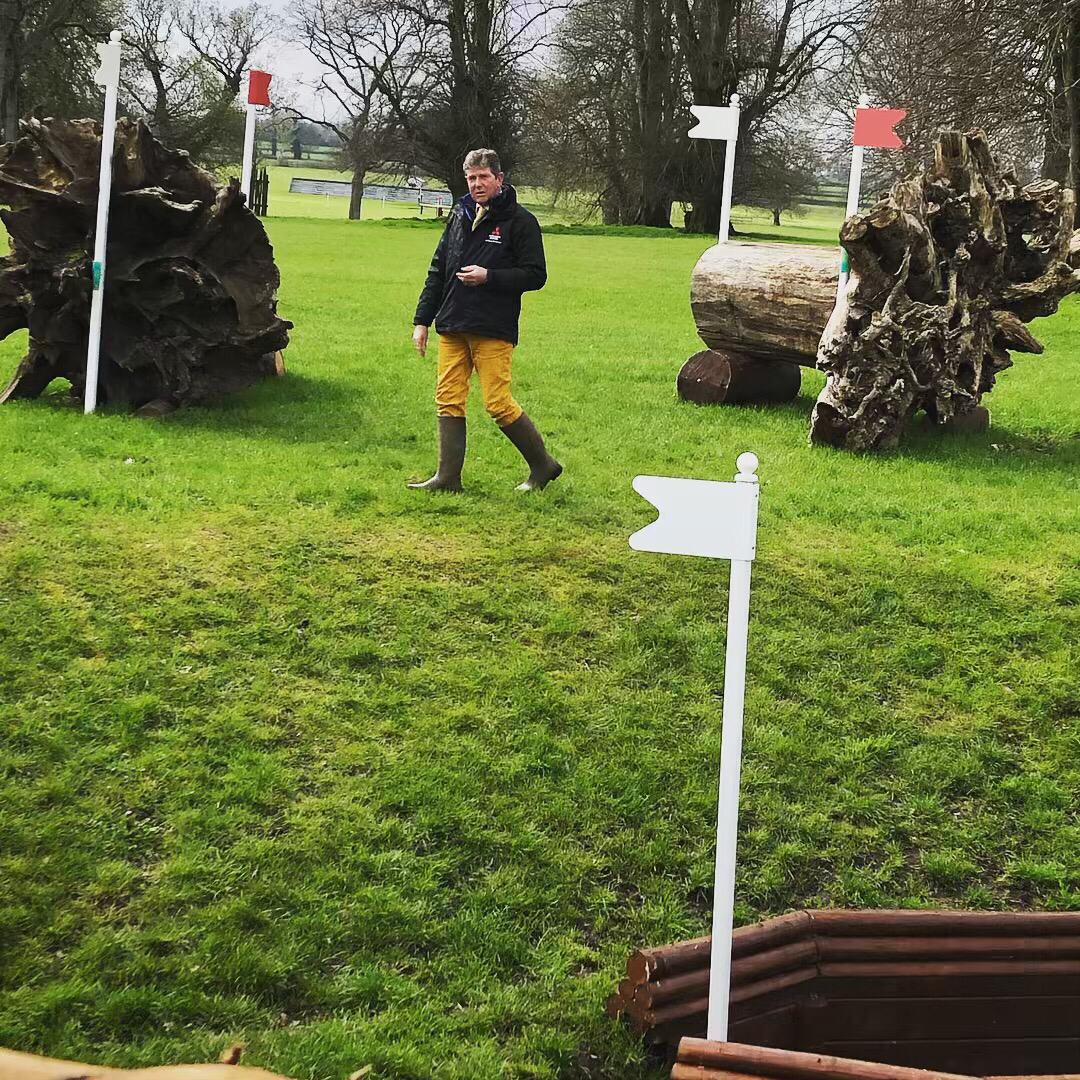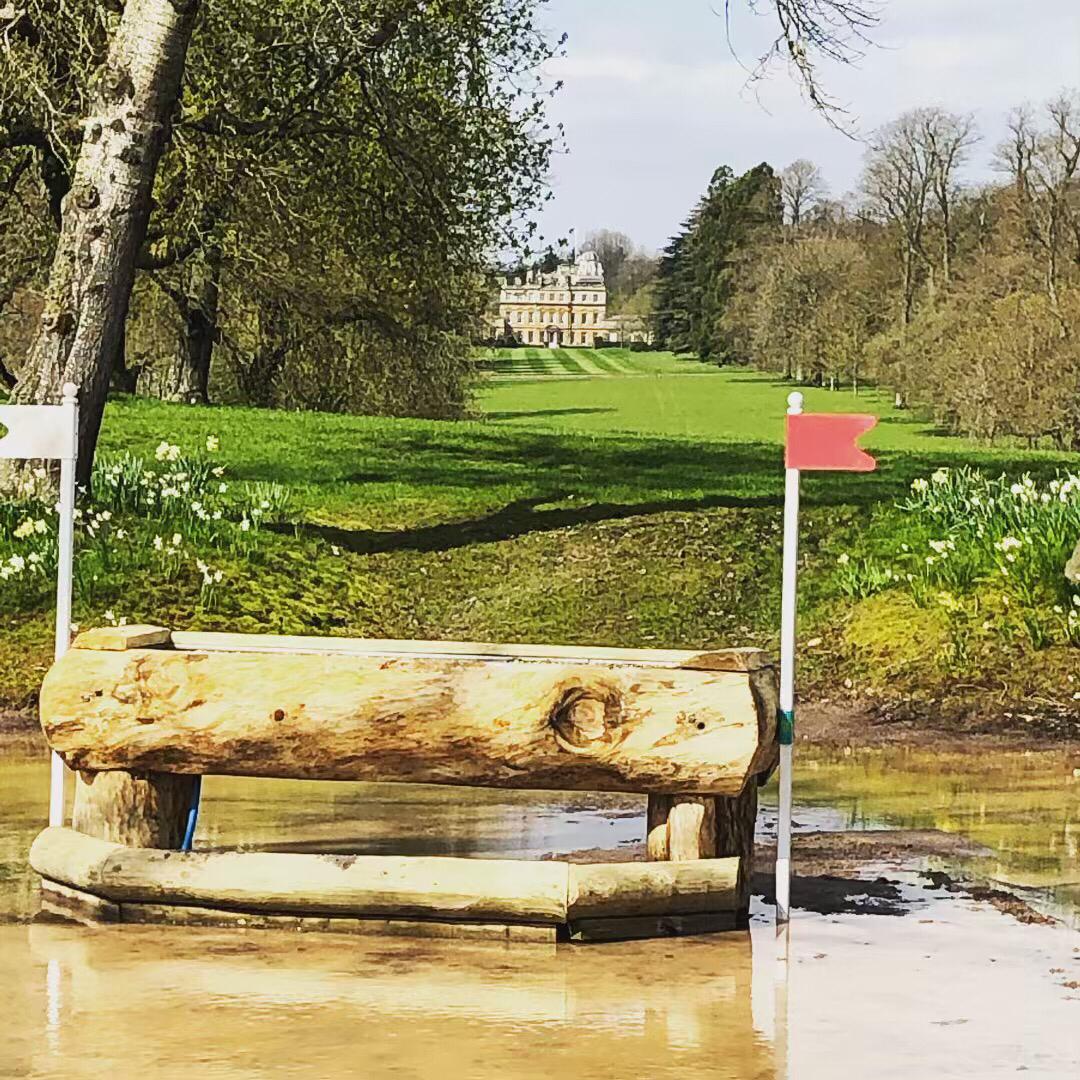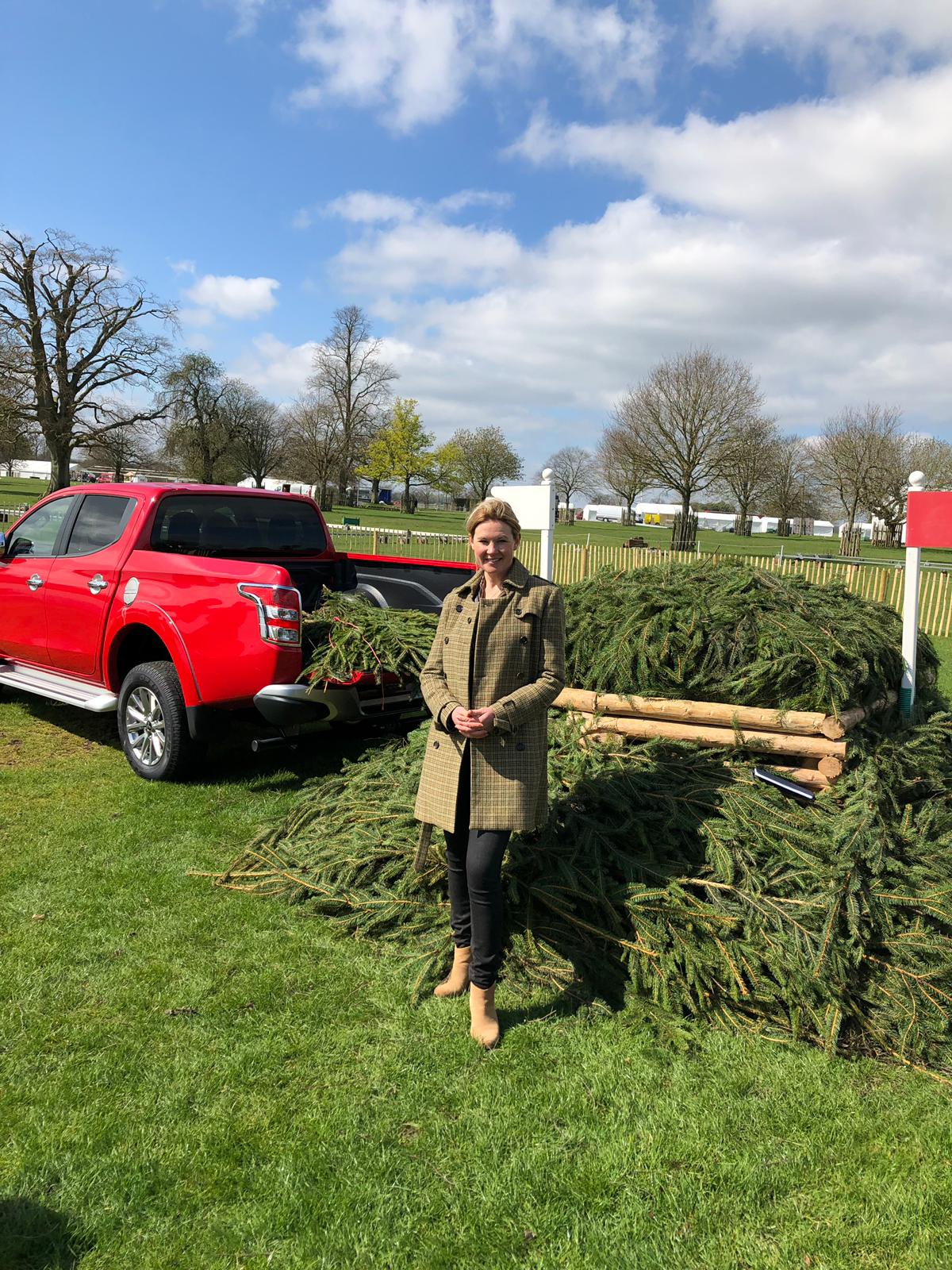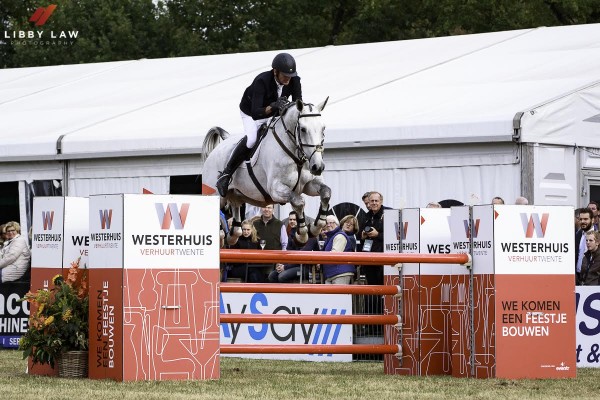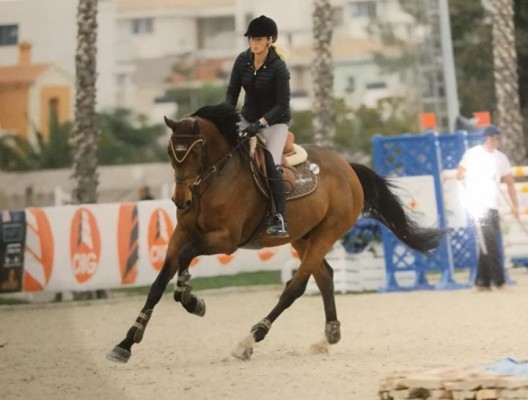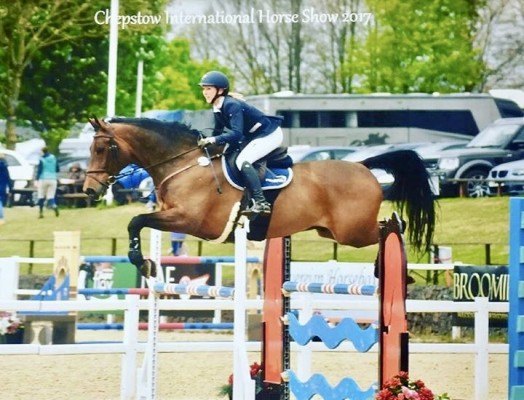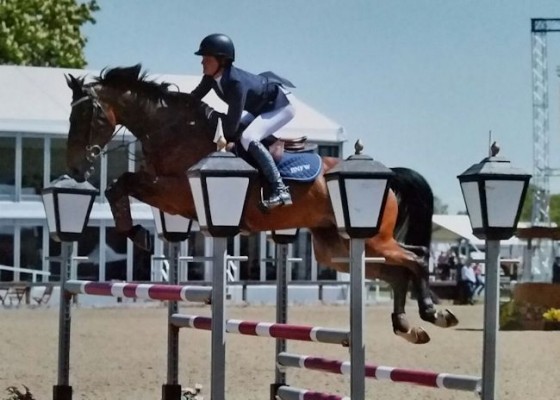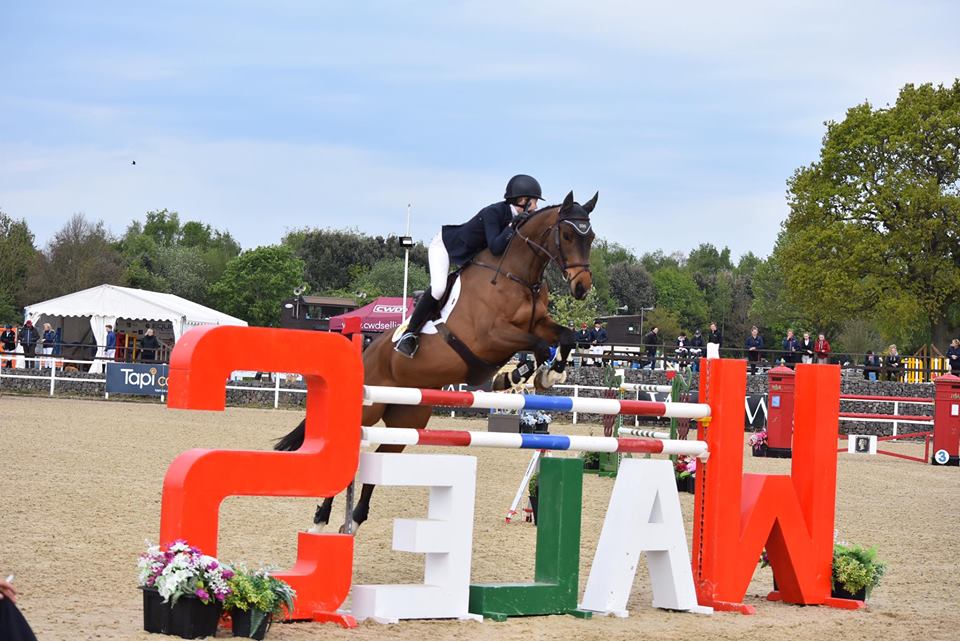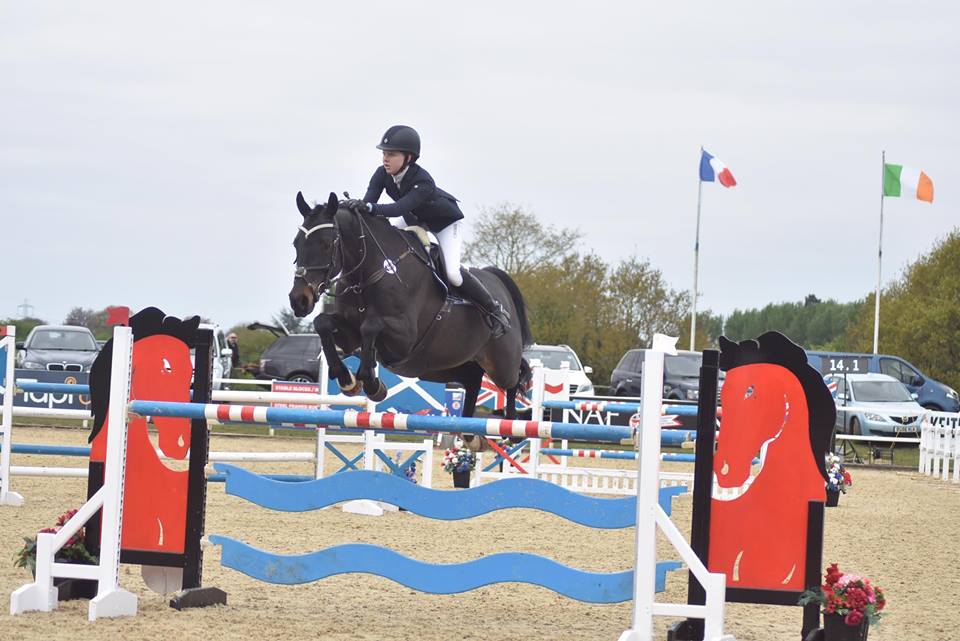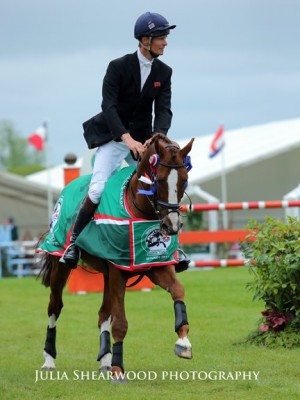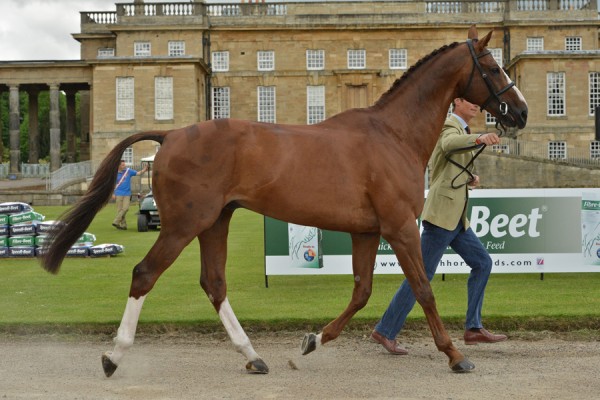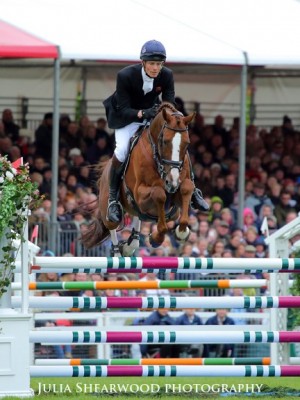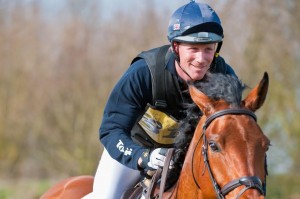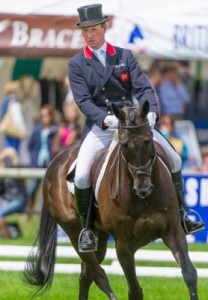




Horse Scout catches up with two of their sponsored riders, Joseph Murphy and Gubby Leech, to find out what the month prior to riding at Badminton involves.
Most event riders grow up dreaming of riding at the prestigious Badminton Horse Trials, based in the heart of the Cotswolds. It takes years, sometimes decades of training and hard graft to reach the required 4* level and earn those elusive FEI points to be applicable to enter.
Horse Scout asks two of their sponsored riders, Joseph Murphy and Gubby Leech to provide insight into the one month leading up to the big event.
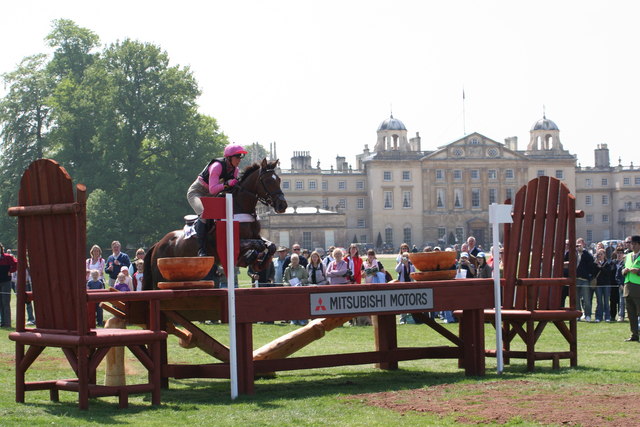
The horse’s training
Joseph Murphy, Irish Olympic event rider, is entered to ride Sportsfield Othello, a 16 year old gelding by Ricardo Z and out of Moyview Lady and co-owned with the brilliantly supportive Alison Schmutz.
Joseph explained that the first two weeks of April are focused on reaching the horse’s fitness goals with a mixture of galloping and swimming to build cardiovascular fitness and stamina. He gallops ‘Frankie’ every 3rd and 5th day followed by a swim and always icing the legs afterwards to reduce inflammation and prevent injury. In fact, Joseph ices the legs of all his horses after they are ridden each day. This fortnight is a ‘scary time for injuries’ said Joseph, and when you would look to do any necessary veterinary work to ensure the horse is in optimal condition.
This intense fitness work will then taper right down and the last two weeks of April focus on technical training, practising dressage movements from the test, agility jumping and specific exercises to fine tune the horse.
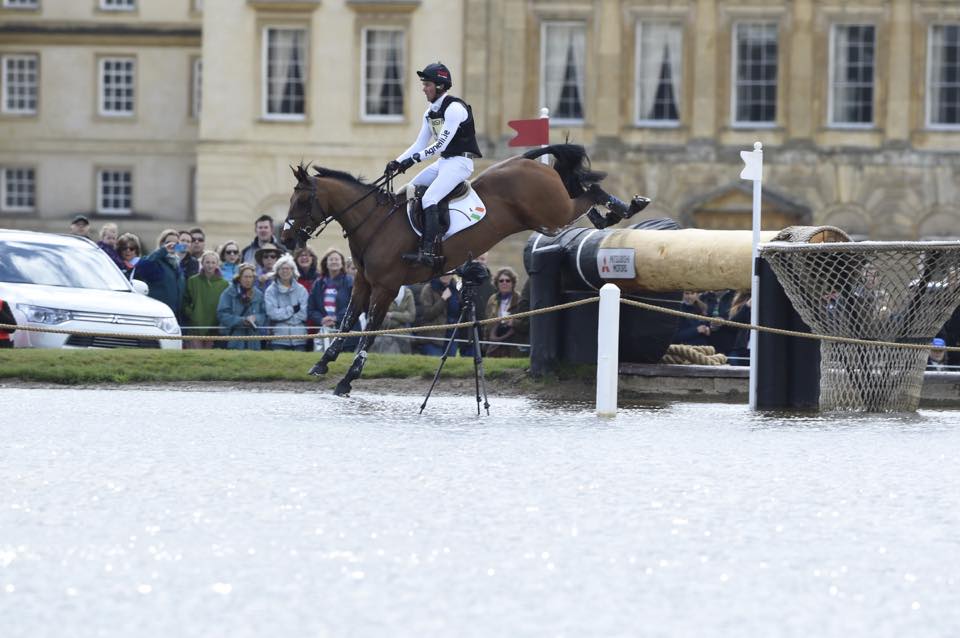
Gubby Leech, British 4* event rider, is entered on Antoinette Denham-Harding’s 12 year old ISH gelding Xavier, by Clover Echo and out of Knightfield Sally.
Gubby is based at the quiet and beautiful Clarendon Park Estate in Wiltshire. He does all his fitness training on the forgiving old turf in the grounds of the estate. There is a perfectly steep hill that Gubby does repetitions galloping up and letting Xavier rest on the way down. They do fitness work every four days and will have their last gallop on the Saturday before Badminton week, with a ‘pipe opener’ after dressage on the Friday afternoon. Gubby said ‘Xavier is a strong and electric horse’ so he puts a lot of work into him to keep the extra fizz to a minimum! The technical training involves weekly dressage training with Lizzie Murray throughout April and showjumping training with William Fox-Pitt. Xavier is a keen horse in the ring, sometimes making up too much ground in combinations. Practising grid exercises at home helps him to shorten his stride in doubles and trebles, especially if the course builder likes to use short distances.
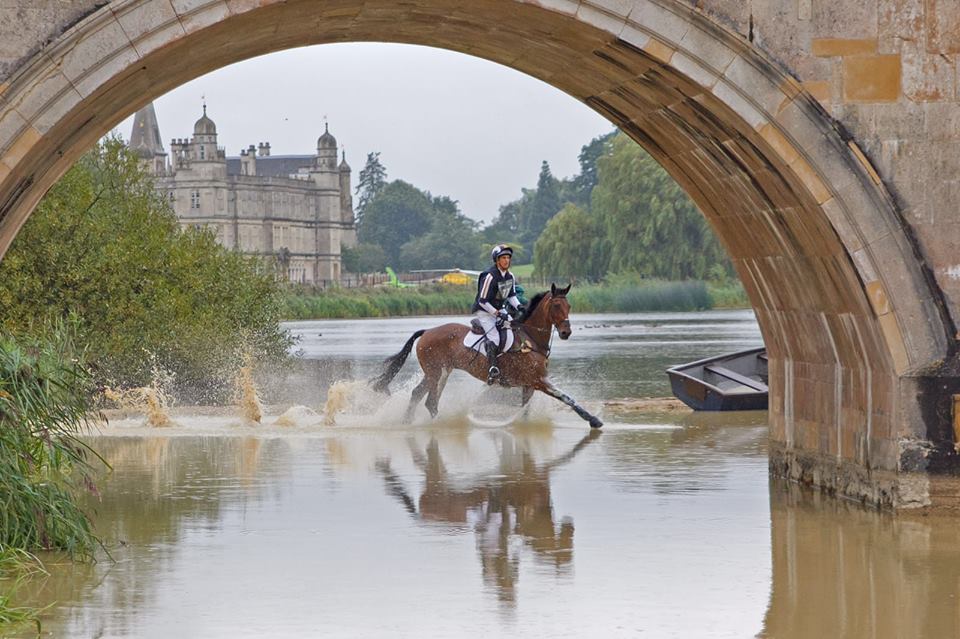
The horse’s well-being
Joseph will turn ‘Frankie’ out every day on his own so he can have a pick of grass, relax and feel the sun on his back. Joseph chooses not to put protective boots on when turning Frankie out because he tends to be sensible in the field and he would rather keep the legs cool. Regular massages and some physiotherapy throughout April also help get Frankie in the best physical condition possible.
Gubby entrusts the multi-skilled Sue Devereux to keep Xavier in good condition. Sue is an equine vet, chiropractor and acupuncturist who will treat Xavier 2-3 times this April using a variety of techniques. In the stable, Xavier wears a magnetic rug and magnetic boots to optimise blood flow and recovery. He is turned out ‘bootless’ from the time he is ridden in the morning until 8pm when the horses get late feeds. This turnout time helps Xavier chill out and unwind.
Feeding
Joseph is very intuitive and he judges visually and by the feel of the horses on whether their feed needs increasing or decreasing. He monitors each horse closely to ensure it is fed the right mix of hard feed, haylage and supplements. Joseph slightly increases the feed on Frankie’s hardest days of work. Two weeks before Badminton Frankie’s feed regime will be set and won’t change leading up to the event. Joseph uses top quality feeds, Mervue supplements and he brings his own haylage over to Badminton from his base in Northern Ireland.
Like Joseph, Gubby also uses quality supplements to support the nutritional requirements of his horses. Gubby uses an organic lucerne which is soaked first and helps keep Xavier hydrated, in addition to using high quality linseed, a balancer and electrolytes. Xavier receives 3 feeds a day whilst having his weight, condition and energy closely monitored. He can very quickly go off his food at competitions so it is a fine art making sure he gets what he needs!
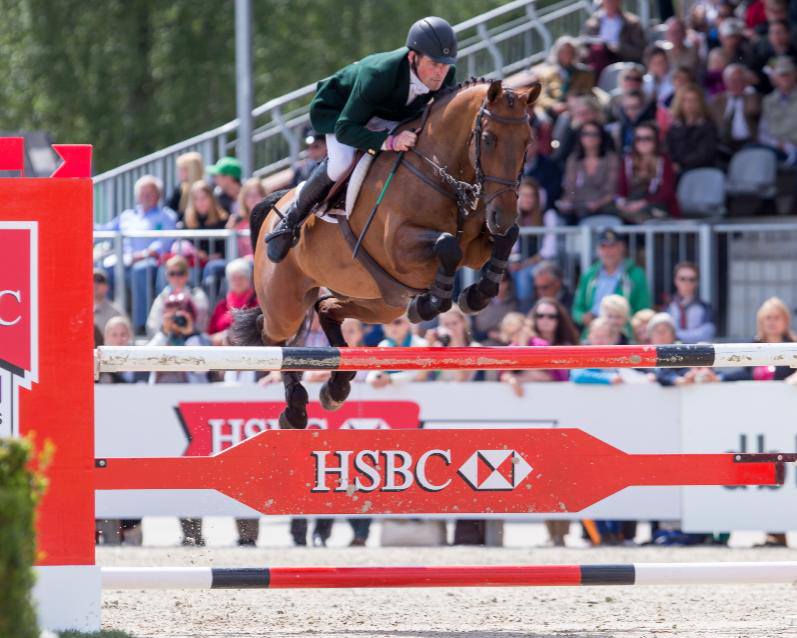
Rider Fitness
Joseph rides all day long from the moment he wakes to the end of the day. He regularly competes 5 horses a day, even at Intermediate and Advanced level, meaning he is extremely fit from his time in the saddle. However, Joseph does extra core stability exercises to help improve his position, balance, core and overall fitness. He is following a 6 week core stability programme and he does the exercises before bed. Did you ever wonder what gives Andrew Nicholson, otherwise known as ‘Mr Stickability’ his amazingly secure seat? The answer is having a rock solid core.
Gubby is in the saddle riding horses back to back all day until the moment he gets home. Having two young children means most of his evening is spent overseeing bath-time and coaxing them to go to sleep! Gubby focuses on eating as healthy as possible, cutting out sugar and only has the occasional drink at special occasions, in order to maintain his perfect competition weight. His wife Sarah is an organic girl so the family gets fed very well!
Rider Mindset
Gubby has previously entered Badminton twice but sadly had to withdraw the horses before the event on both occasions. Combining this with a good Burghley experience in 2016 for this duo, Gubby feels ready. He is ‘in a good space, riding well and has a good partnership’ with his ride, Xavier.
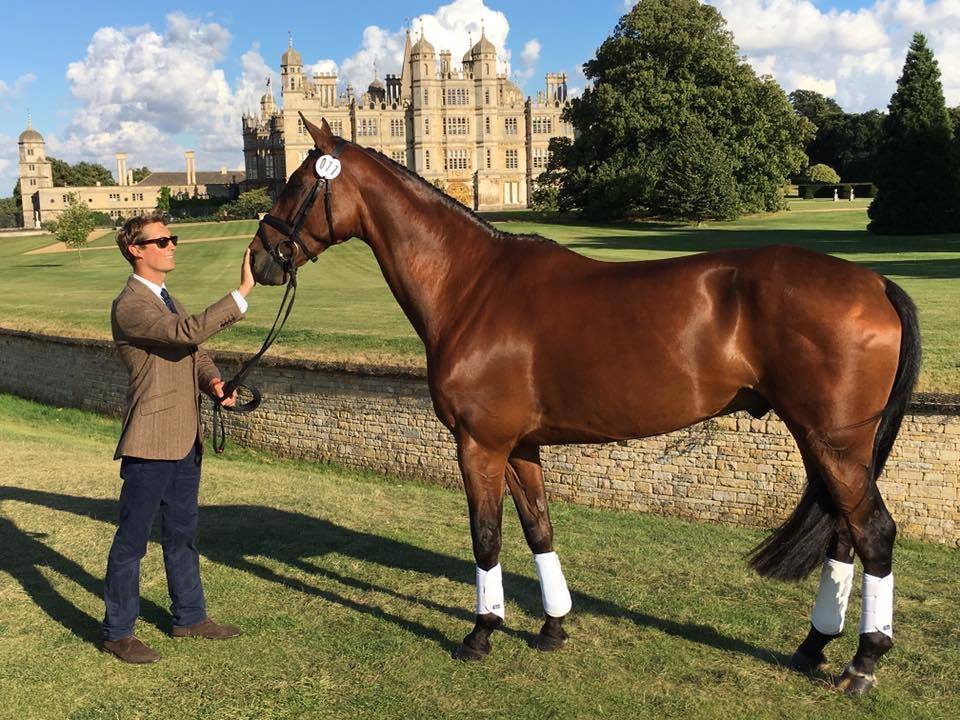
Increasingly, top athletes are using Sports Psychologists to help give them the competitive edge. People talk about ‘marginal gains’ and this simply means that if you have a group of athletes, in this case riders, who are all equally talented on paper with equally talented horses, the rider who wins is the person who performs best on the day. Good sleep and being well rested, thriving under pressure, feeling confident, and focusing only on your performance and not worrying about those around you, are all factors that determine a rider’s overall performance. Doing these things well can make all the difference.
Joseph works with Charlie Unwin, Olympic Performance Psychologist across five sports. Since working with Charlie at the start of 2017, Joseph has been out winning most weekends this season and has never looked better! The work with Charlie helps Joseph to focus on what matters most when it comes to performance and to successfully block out all other distractions.
Horse Scout would like to thank Joseph and Gubby for sharing some of their practises and we wish them the best of luck for May! We look forward to an exciting four days of competition and wait in anticipation to see the new cross country course designed by Eric Winter. Only one question remains- who will be holding the famous Badminton trophy come Sunday afternoon?
Are you a member of Horse Scout yet? Sign up now for FREE www.horsescout.com

